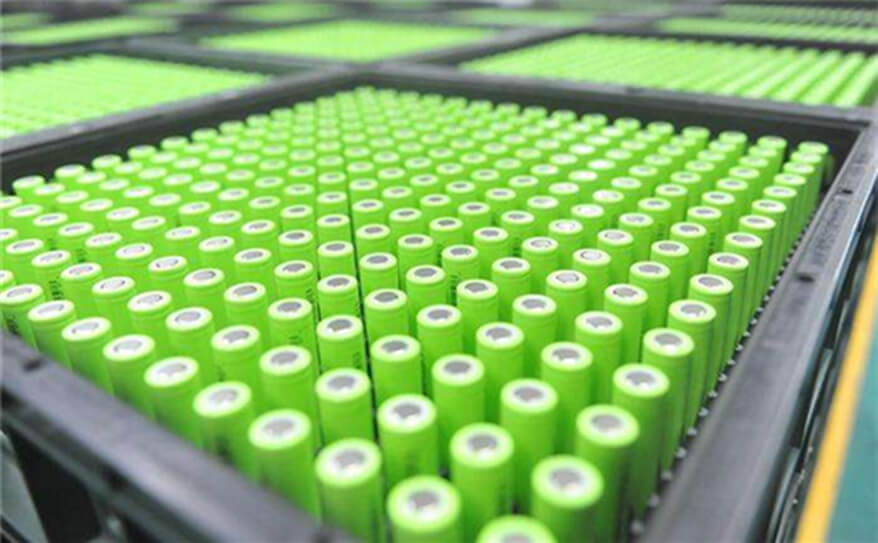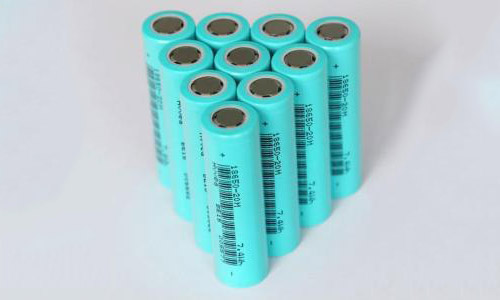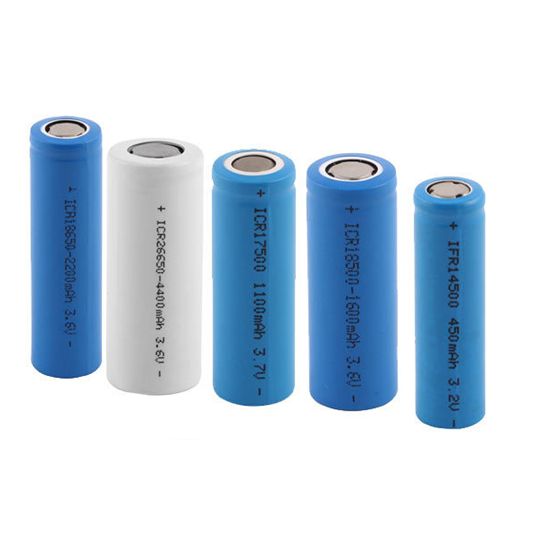How to peel a lithium battery?
May 17, 2019 Pageview:1318
It is quite amazing how Lithium-ion batteries have grown in popularity today. They are in almost every electronic device including laptops, PDAs, Cell phones and other devices. Another factor that makes them famous is their pound to pound functionality. The amount of energy they produce as rechargeable batteries is incredible.
The batteries have hit news headlines lately as a few have burst into flames. It might not be so much if you consider how great they are but you cannot ignore the fact they pause health concerns.
Despite that, human beings are naturally curious and would want to know everything. For instance, many have asked how to open a lithium ion battery.
It is possible to get lithium out of these batteries. Be warned that it is a risky process that should not be attempted by children. Only adults should try it. Lithium reacts highly with moisture. As a result it may ignite.
Be ready for safety gear to avoid potential hazards. A short circuit for instance may result into a fire.

What happens if you cut open a lithium battery?
It is not advisable to cut open a lithium ion battery. There are several things that can happen depending on the status of the battery. Here are some potential outcomes.
· If the battery is fully charged. This is one of the worst conditions you can cut the battery in. Even when it is partially charged, the results will be the same. First, you are likely to cause a short circuit. Chances are you are going to have to cut through the separator that is between the positive and the negative. That will mean there is no connection, causing the battery to discharge immediately. Because the discharge process happens at an enormous current, it gives off sparks that results and rapid temperature increase.
Li-ion batteries have flammable solvents in the composition of their electrolytes. If the battery gets hot enough, they will serve as the fuel to ignite the battery. This is the reason we have seen laptops and other devices. Once destroyed, it will not be possible putting back the pieces into a working battery.
· Expect huge toxic stinking mess. Well, you might have been careful enough to get the battery shorted. Or perhaps out of luck, nothing has happened yet, but be ready for something else. Sometimes people try to connect the terminals with high resistance connections so that it does not drain quickly. In any case, there are toxins in the electrolyte solvents. They are carcinogenic and produce a foul smell.
The negative electrode comprise of graphite. When they fall, expect to get a huge mess in your working space. Besides that, you need a huge room to hold the long jellyroll from the inside of the battery.
Tearing down a battery is not something you want to do when you are not well prepared. It can cause a huge mess.
· Expect to get nothing. Why would you want to open a Lithium ion battery? If you are looking to harvest something, you won’t get any. The batteries don’t contain metallic lithium, which could perhaps be of help. And unless you are an expert in metal recycling, the other valuable metals like cobalt will not be much help either.
Getting into a Li-ion battery requires purpose and expertise. Be very careful how you do it and where you do it from. Otherwise you may end up with more harm to yourself than you would expect.

Lithium battery disassembly
Get a new battery for this project. An old battery will not be of much help as it may contain corroded lithium. You don’t want impure products, even though you can still use it for colored fire. You need the following materials.
· A lithium battery. Make sure it is new. You can get AA or 9V lithium battery.
· Gloves for safety purpose
· Safety glasses or goggles for eye protection
· Wire cutters and pliers. They should be insulated.

How to
Start by cutting the top off the battery. The aim is to get to the roll of lithium foil underneath it. Be very careful as you can easily short the battery. That is why the tools you are using must be insulated.
Be ready for a fire and don’t panic when it starts. Simply drop the battery and allow it to burn. It will be short and cannot damage all the lithium. Now you can continue with the process.
· Since you already have protective gear, a fire should not be a problem. Remove the top from the battery carefully using cutters. Cut out the outer rim carefully without touching the central core because a short is likely to come from there.
· Cut out connections and remove the rings from the top parts of the battery. You have a short if you notice an increase in temperature. Just cut off any connections and it will be cool again. To get to the lithium core, cut and peel off the metal. Pull out the lithium using the pliers. Be careful with the plastic container at the centre. You don’t want a fire.
· The metal is enclosed in a plastic container which you simply pull away. Get rid of the aluminum foil around the lithium, then the black powdery material. This is the electrolyte which can cause fire, ensure you store is safely. Now remove the protective plastic layer and you have your lithium.
· If you are not planning to use the metal right away, immediately store it an enclosed environment. Lithium quickly degrades in air.
Lithium ion battery health risks
We have all experienced explosions from electronic devices such laptops. They result from lithium ion batteries. Since their release in 1991, the risks associated with Li-ion batteries have always been eminent. These rechargeable batteries have a high tendency of explosions and fires.
In plans for instance, FAA recommends a specific amount of lithium batteries to carry. Battery powered devices are expected to be off during flights.
They should be isolated from other battery types. They are quite reactive and may cause huge problems that include uncontrollable fires. Even though Lithium-ion batteries have become an important part of our daily lives, users must be aware of the health hazards they pose.
- Prev Article: Lithium-Ion Battery Memory Charging Cycling
- Next Article: Lithium Ion batteries for electric cars
Leave Message
Hottest Categories
-
Hottest Industry News
-
Latest Industry News









